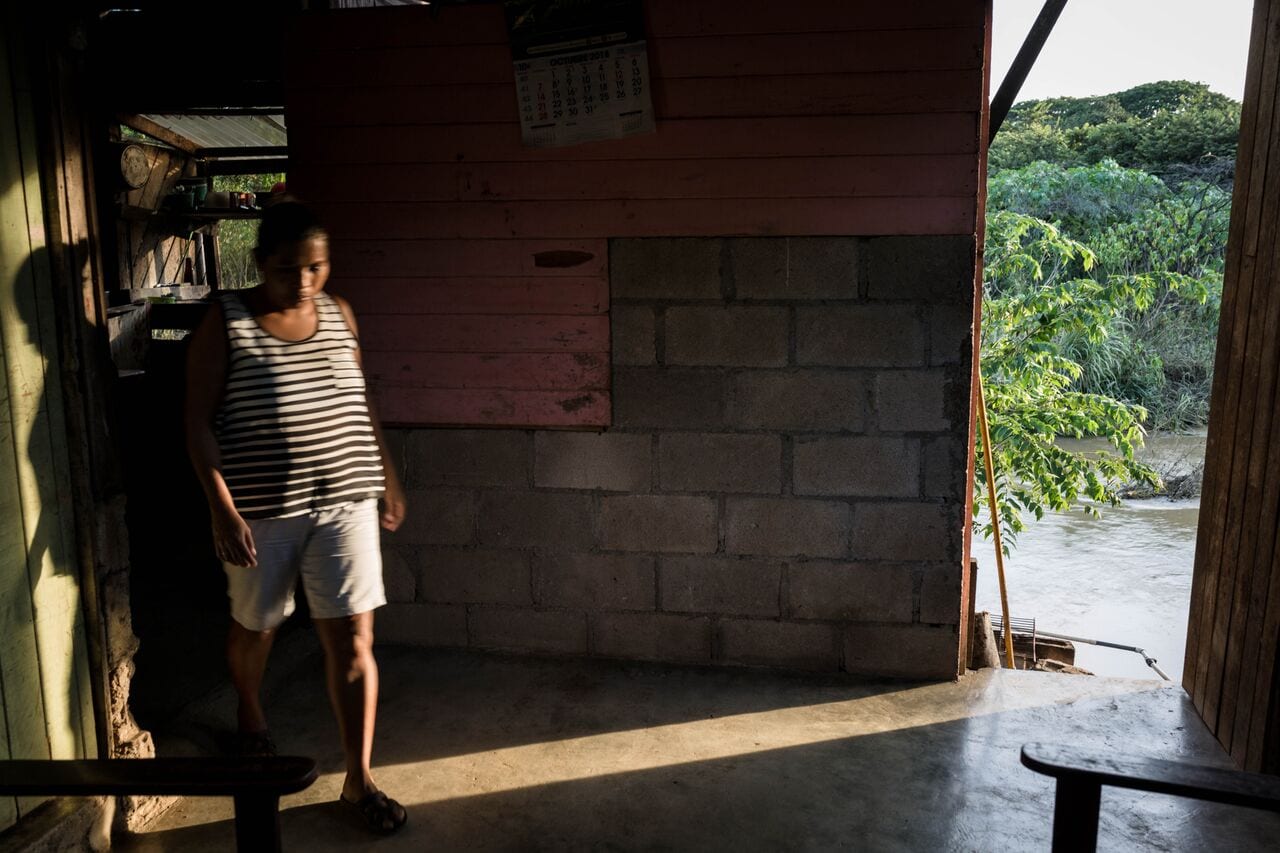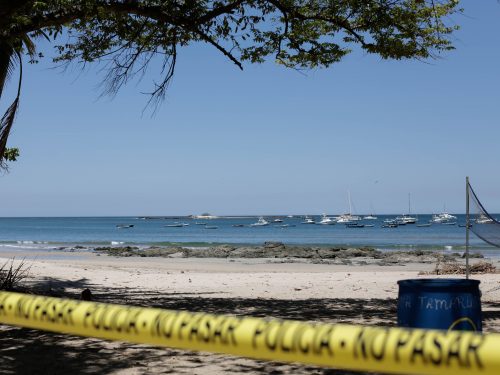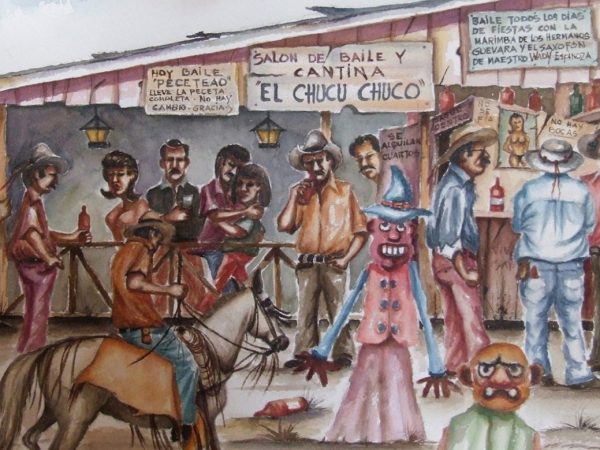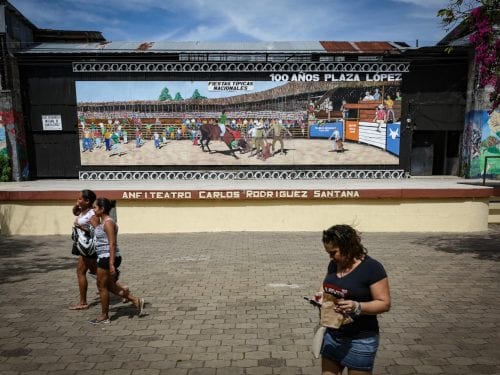
Santa Cruz has had a risk management office since just April 2018. Its director is inspector Adrián Rojas works ad honorem (without salary) because city hall hasn’t included the position in the budget.
Rojas says that his work on risk prevention consists of training in schools and cultural events sponsored by the CNE. The office still doesn’t have a budget for infrastructure projects that would have an immediate impact on the quality of life of families living in high-risk zones.
In his opinion, all of these jobs should fall under one office. “They should be concentrated in a risk management department, which should coordinate with city hall, social work department and the head of public works,” Rojas said.
Didier Monge, director of the city’s road management technical unit, agreed and said that his department is working on projects that could have an impact in mitigating weather phenomena.
We are working on rain drainage projects like ditches, and also on improving gutters and making them wider, which is what causes flooding,” he said.
Monge said that they don’t always attend to the problems affecting the canton because decisions don’t depend on his department. “Priorities when it comes to making a decision don’t always match our needs. They respond to other interests, probably political ones.”
In October, The Voice of Guanacaste toured four communities affected by Nate in Santa Cruz and Nicoya, including Hollywood and Santa Marta in Nosara and Estocolmo and Bolsón in Santa Cruz.
We found that many of the families are in the exact same risky areas they were in last year despite the fact that local governments, the National Emergency Commission and other neighbors know that they run the risk of flooding.
The mayor of Santa Cruz, María Rosa López, said that they have a project to intervene in the En Medio River, which is the waterway that overflows and floods Barrio Estocolmo.
“We are conducting the studies and creating an investment plan in order to present it to the CNE and they told us that there is enough money to do it,” the mayor said by phone, adding that the plans include asphalting all the roads in the community.
For Bolsón, where Antonio and his mother Ángela live, there isn’t much hope. The mayor believes that containing the water from the Tempisque river, which is over a mile away, is practically impossible. She also said that relocating the most vulnerable families isn’t easy.
“There are a lot of families and people who are rooted there, and it’s hard to get them to leave,” the mayor said.
Like an echo from Bolsón, a neighbor says that she knows about a project they are developing in Ortega, but she confesses that she doesn’t want to leave the place she lives now. “Over there, I don’t know. I wouldn’t feel comfortable.”








Comments